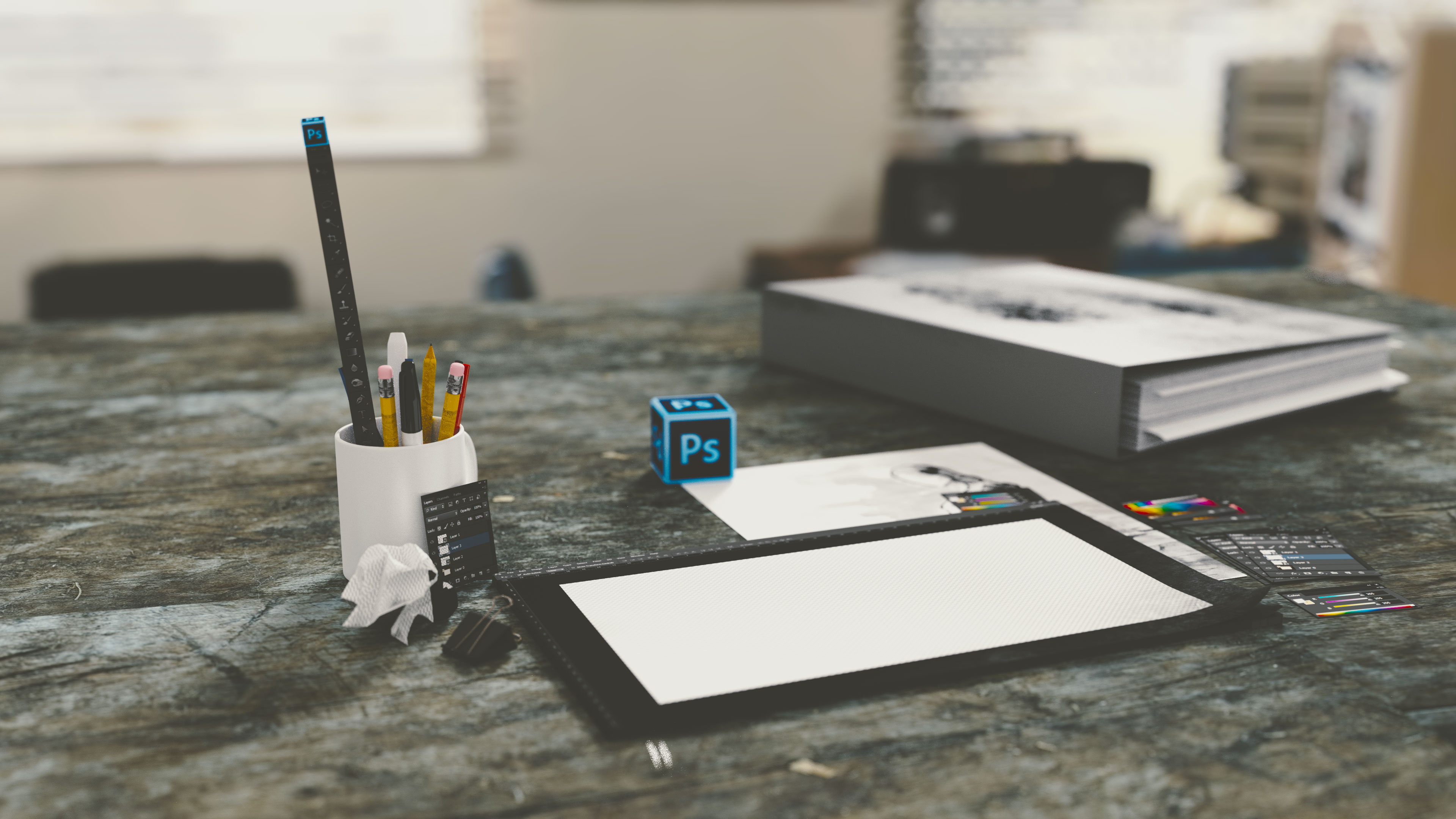Creating a proper budget for your creative agency could be the difference between living happily every after with the most beautiful person in the world, or staying single for ever and ever. Seriously. A budget is that good.
When it’s done properly, a budget isn’t dull or boring.
We know that sounds rich coming from an accountant, but a budget is one of the most valuable tools you can have, and if you love it, perhaps it will increase your chances of love, too.
(Because you will be so rich. We all know that opens the dating pool massively.)
We know you’re creative and things like numbers, figures, budgets, and other similar topics feel very restrictive. But if you’re going to get to that happy land of profit, you can’t make it up. You need cold hard figures.
Once you’ve got them though, it’s plain sailing. At just one glance, you’ll be able to see exactly how your creative agency is doing, looking at the year to date and analysing all that income you’ve earned from clients in the last few months. You’ll be able to evaluate your current outgoings, and compare it with whether you’re spending more or less than last year. And when you know exactly what you’re spending money on, and how much, you’ll be able to pinpoint where you’re losing all that spare change out of your pocket.
Here’s what a budget is:
- Money you think you’ll spend
- Often built on the back of money that you have historically spent
- In order to help you see more money come in , in the future.
It’s that simple.
Naturally, you can do it yourself quite easily.
Start with expenses:
- Make sure you have a clear detailed list of expenses for the last year. Excel, Xero, pen and paper, whatever. (Okay, sorry, that’s a lie – there’s no “whatever” when it comes to the numbers. Use Xero, it will make your life better.)
- Review them by category – travel, marketing, stationery, outsourced work, staff costs, even (gasp!) accountancy fees
- Also, categorise them by client or project, so you can see those all in one place
- If possible, review them by month so you can see trends
- Now go through them and , based on the historical figures, identify what you expect they will be going forward
Now look at your expected income.
A similar approach follows:
- Get a clear detailed list of income for the last year. Use Xero. (See, you’re learning already.)
- Categorise them by type of work or project. This will help you compare income by project to expenses by project
- Now, based on the historical figures, identify what you expect your income will be going forward
Great. Now you have some expected income and expected expenditures.
Now what?
Well, if you were using Xero, steps 1, 2, and 3 would be done for you, automatically, while you are sleeping. So you could wake up, have a coffee, and then glance over your numbers casually and have a clear budget by mid-morning teatime.
(See? That’s why we recommend it. Saves time. Saves bother. And enables you to have more tea.)
Once you have a budget, you can then stick with it month by month, and slowly see those numbers go up and up, and voila! You are so rich you can buy your own boat and private island, and the dates will be flocking in.
Or maybe you’ll just have lots of money for cake. It’s up to you.





